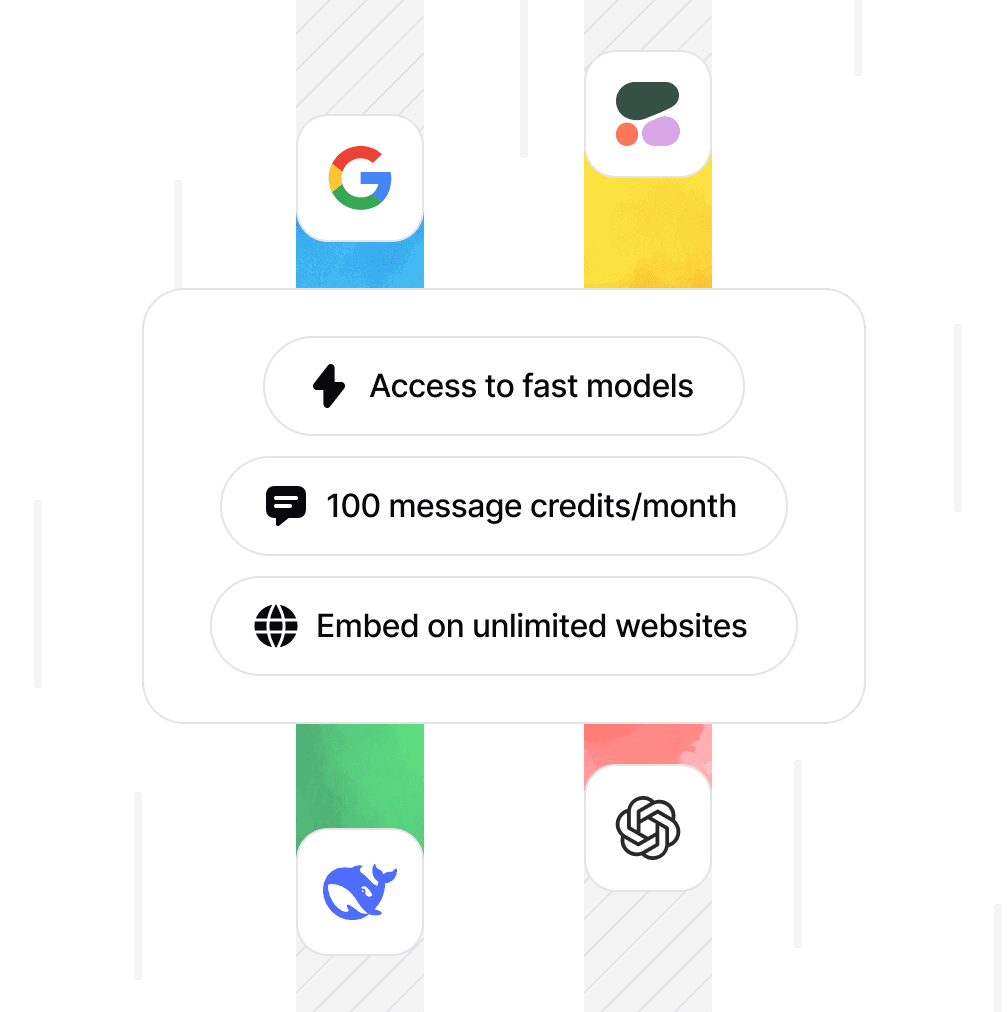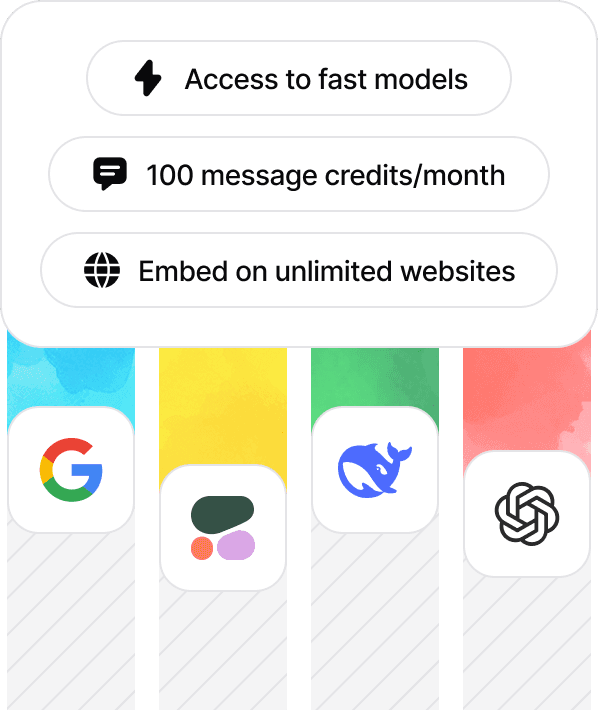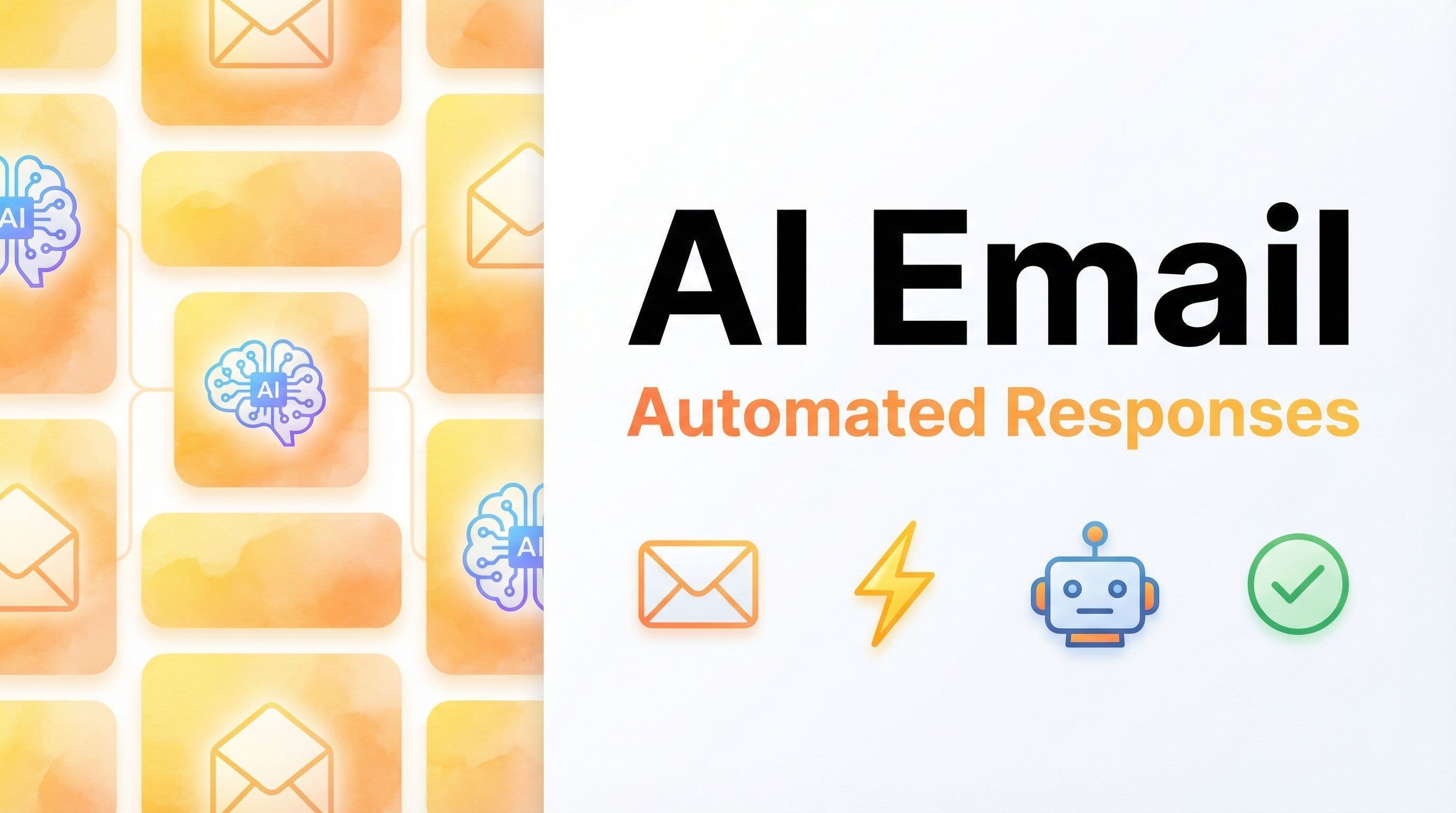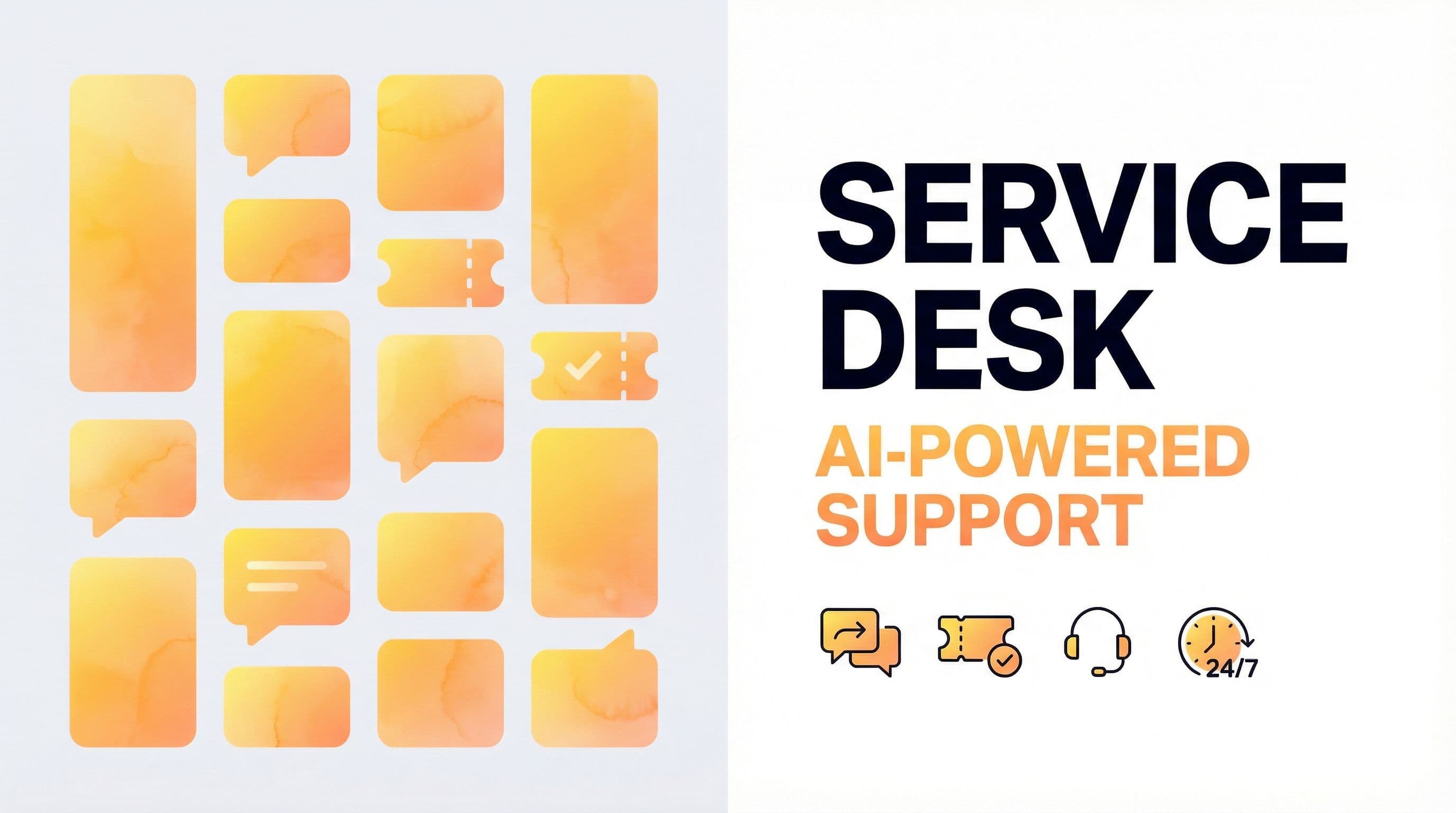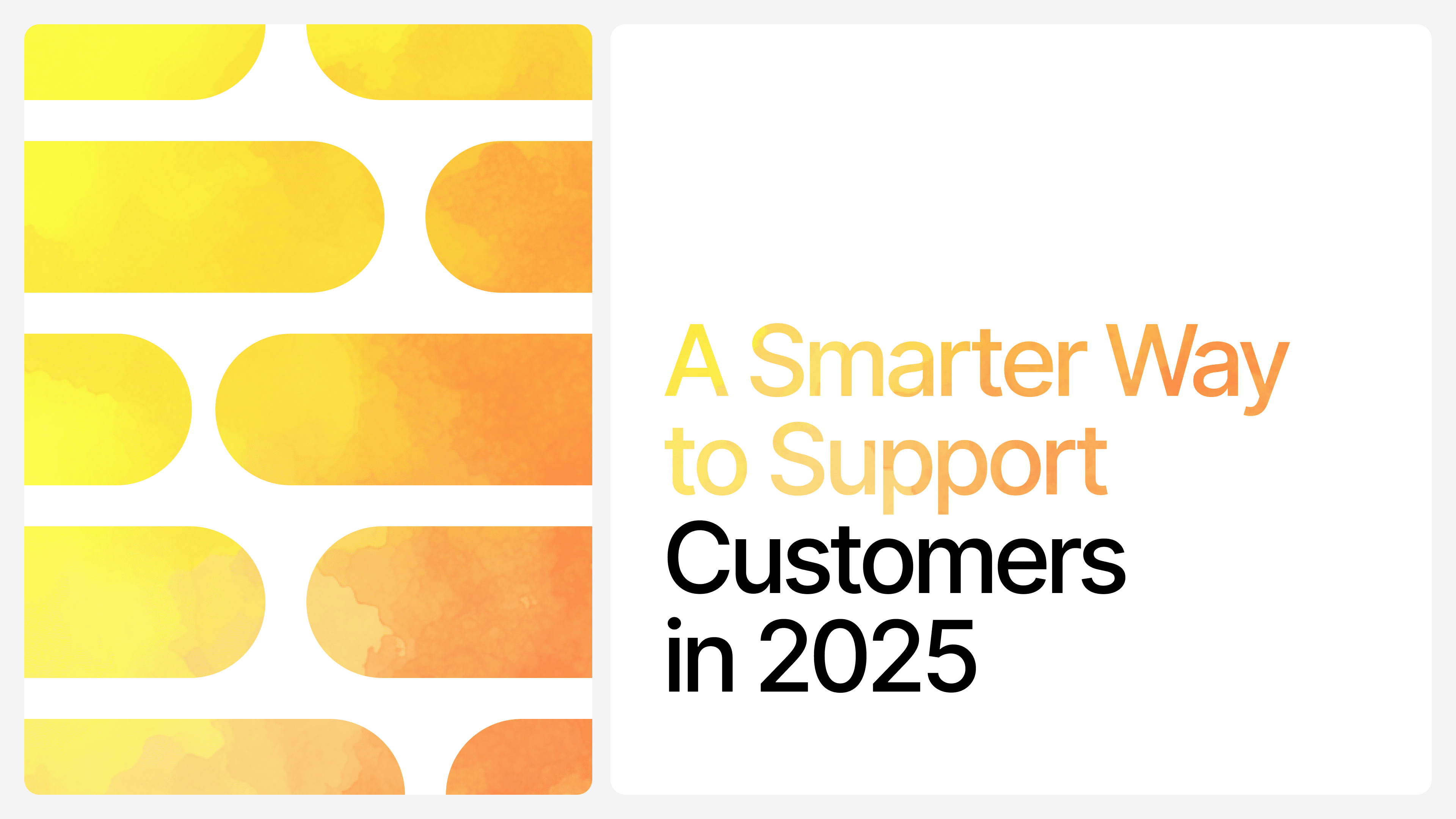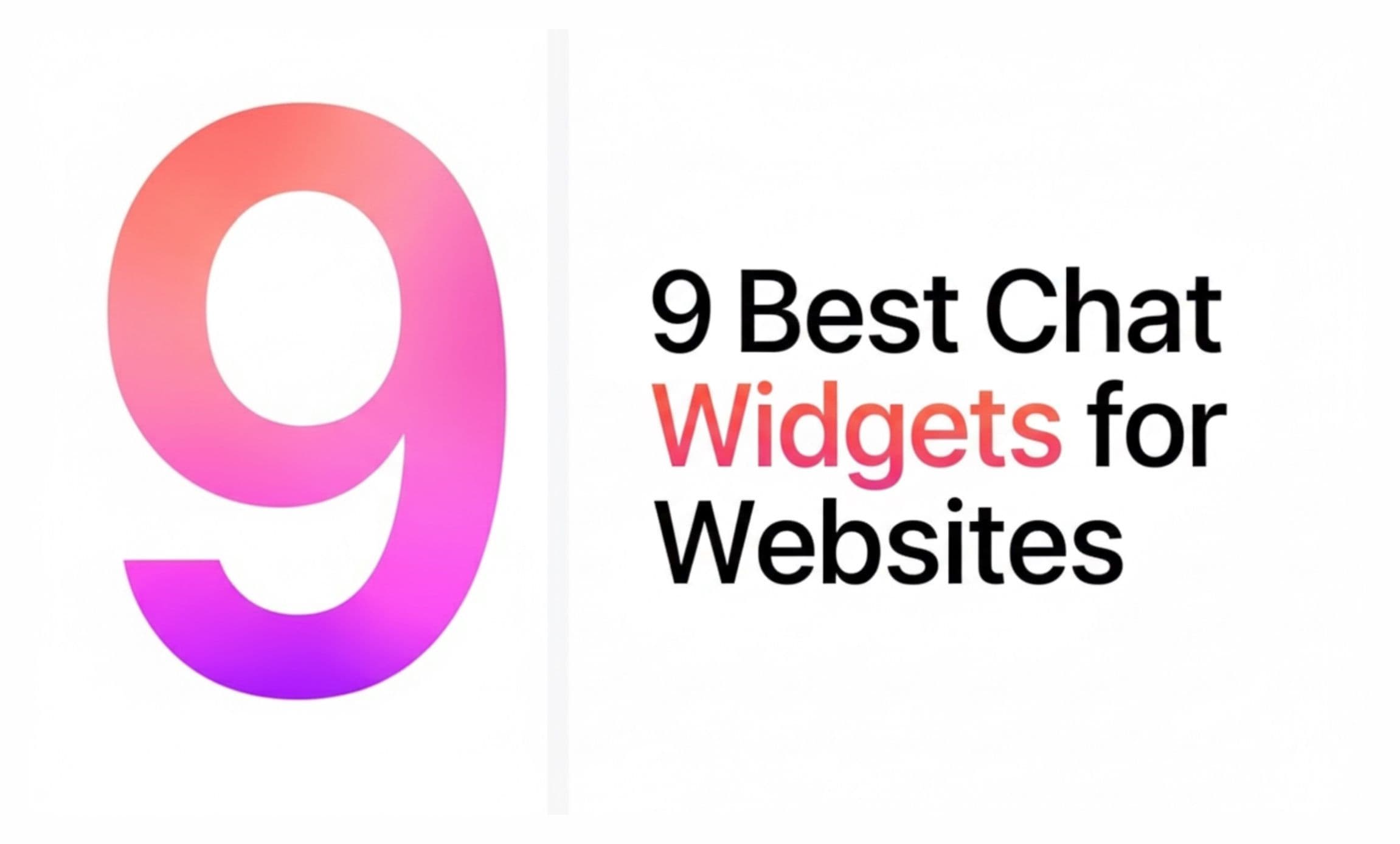How AI Chatbots Elevate Patient Care: Top 14 Use Cases
Ilias Ism
Nov 4, 2024
15 min read
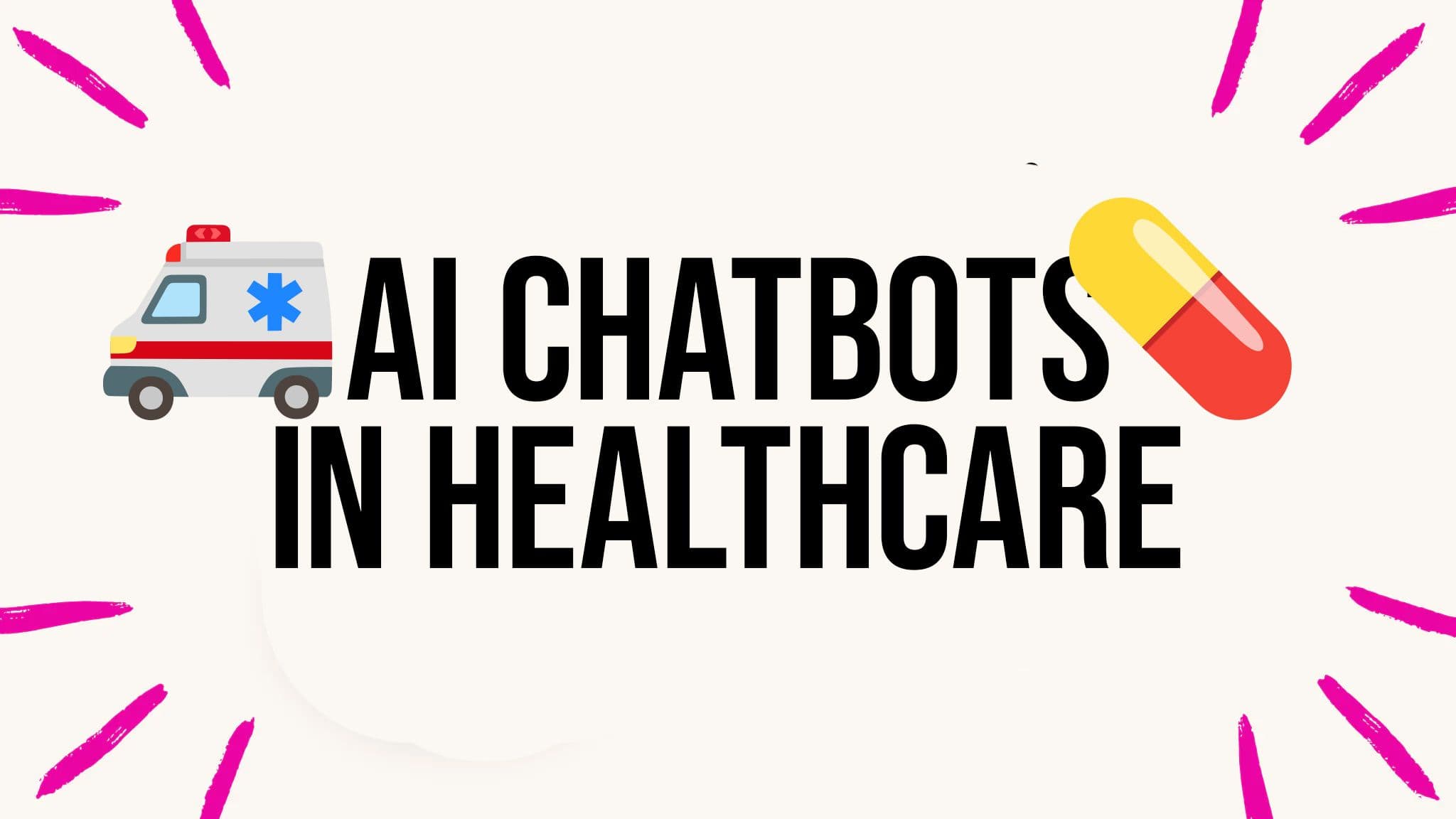
AI chatbots are transforming how healthcare is delivered and experienced. They are becoming crucial for improving patient engagement and streamlining various healthcare operations. This shift is driven by rising patient expectations for swift, convenient, and personalized interactions.
What are Healthcare Chatbots?
Healthcare chatbots are AI-powered software programs designed to simulate conversations with users, particularly patients, for various healthcare-related purposes.
They use natural language processing (NLP) and machine learning (ML) to understand and respond to user queries in a human-like manner.
Chatbots are generally classified into two types:
- Rule-based chatbots: These operate based on pre-defined rules and can only respond to specific commands or keywords.
- Conversational AI chatbots: These leverage NLP and ML to understand the context and nuances of human language, enabling more natural and sophisticated interactions.
Why use chatbots in healthcare?
Chatbots offer numerous benefits for healthcare providers and patients:
- 24/7 availability: Chatbots provide immediate responses and support around the clock, eliminating the need for patients to wait for office hours.
- Reduced wait times: Chatbots streamline administrative tasks like appointment scheduling, enabling faster query resolution and improving patient satisfaction.
- Accessibility to information: Chatbots provide patients with easy access to reliable and up-to-date health information, promoting patient engagement and empowerment.
- Cost savings: By automating routine tasks and reducing the workload on healthcare staff, chatbots can lead to significant cost savings for healthcare institutions. Global chatbot savings are estimated at $3.7 billion.
- Personalized interactions: Chatbots can be tailored to provide personalized experiences based on patient preferences and needs.
- Anonymity: Chatbots allow patients to ask sensitive health questions without feeling self-conscious, promoting open communication.
- Scalability: Chatbots can handle a large volume of patient interactions, making them suitable for healthcare systems with high patient traffic.
1. Appointment Management and Patient Onboarding
AI chatbots have revolutionized the way healthcare providers handle appointments and onboard new patients.
Example: Northwell Health's Chatbot Northwell Health, New York's largest healthcare provider, implemented an AI chatbot that reduced their call center volume by 50%. The chatbot handles appointment scheduling, rescheduling, and cancellations, freeing up staff to focus on more complex patient needs.
Case Study: Boston Children's Hospital Boston Children's Hospital developed a chatbot named KidsMD, which helps parents schedule appointments based on their child's symptoms. The bot asks a series of questions about the child's condition and recommends whether an appointment is necessary. If so, it proceeds to schedule one with the appropriate specialist.
Features:
- Intelligent scheduling based on symptom assessment
- Integration with provider calendars for real-time availability
- Automated reminders via text or email
- Collection of pre-appointment information to streamline the visit
2. Finding Nearby Providers
Chatbots can help patients locate the most suitable healthcare providers in their vicinity, considering factors like specialization, insurance acceptance, and availability. Many health insurance providers now use chatbots to assist users in finding in-network doctors by considering location, all insurance plans, and specific health needs to suggest the best options.
Example: Anthem's Chatbot Health insurance giant Anthem developed a chatbot that helps members find in-network doctors and specialists. The bot considers the member's location, insurance plan, and specific health needs to recommend the most appropriate providers.
Case Study: Premera Blue Cross Premera Blue Cross, a health insurance provider, implemented a chatbot that not only helps members find nearby providers but also assists in comparing costs for different procedures across various facilities. This transparency has led to more informed decision-making by patients and potential cost savings.
Features:
- GPS integration for accurate location-based recommendations
- Filters for specialties, languages spoken, and gender preferences
- Real-time availability information
- Integration with review platforms for patient feedback
3. Prescription Management
AI chatbots are transforming how patients manage their medications, improving adherence and reducing errors. They’re increasingly embedded in online prescription services to streamline remote medication management, offering features like interaction alerts, refill tracking, and personalized reminders.
Example: Express Scripts' Drug Interaction Chatbot Express Scripts, a pharmacy benefit manager, developed a chatbot that checks for potential drug interactions. Patients can input their current medications and any new prescriptions, and the bot alerts them to possible conflicts.
Case Study: Walgreens' Medication Reminder Bot Walgreens implemented a chatbot that sends personalized medication reminders to patients. The bot adapts its communication style based on patient preferences and even provides motivational messages to encourage adherence. Since its implementation, Walgreens has reported a 20% increase in medication adherence among users.
Features:
- Personalized reminder schedules
- Integration with pharmacy systems for automatic refill requests
- Educational content about medications and potential side effects
- Alerts for drug interactions or recalls
4. Pre-Procedure and Post-Procedure Guidance
Chatbots provide crucial support before and after medical procedures, ensuring patients are well-prepared and recover properly.
Example: Mayo Clinic's Surgery Companion Mayo Clinic developed a chatbot that guides patients through their surgical journey. The bot provides pre-surgery instructions, answers common questions, and offers post-operative care advice.
Case Study: Memorial Sloan Kettering's Cancer Care Chatbot Memorial Sloan Kettering Cancer Center implemented a chatbot to support cancer patients undergoing chemotherapy. The bot provides tailored advice on managing side effects, tracks symptoms, and alerts healthcare providers if intervention is needed. This has resulted in fewer emergency room visits and improved patient satisfaction.
Features:
- Customized pre-procedure checklists
- Real-time answers to patient questions about their procedure
- Post-procedure symptom tracking and management advice
- Integration with patient portals for seamless information sharing
5. Symptom Checking and Triage
AI-powered symptom checkers are becoming increasingly sophisticated, helping patients understand their conditions and guiding them to appropriate care.
Example: Babylon Health's AI Triage Babylon Health's AI-powered triage system assesses patient symptoms and recommends the most appropriate course of action, from self-care to emergency services. The system has been shown to be as accurate as human doctors in many cases.
Case Study: NHS 111 Online The UK's National Health Service (NHS) implemented an AI-powered symptom checker as part of its NHS 111 Online service. The chatbot asks users about their symptoms and provides advice on whether they need to seek medical attention. During the COVID-19 pandemic, this system helped manage the surge in health-related inquiries, reducing pressure on phone lines and emergency services.
Features:
- Natural language processing to understand patient descriptions
- Machine learning algorithms for accurate symptom analysis
- Integration with local healthcare systems for appropriate referrals
- Continuous learning from new medical research and user interactions
6. Insurance and Claims Management
Chatbots are simplifying the often complex world of health insurance and claims processing. A good chatbot acts like a quick insurance guide with clear answers when you need them, no waiting or paperwork.
Example: Aetna's Virtual Assistant Aetna's AI-powered virtual assistant helps members understand their benefits, find in-network providers, and estimate costs for procedures. The bot can also guide users through the claims submission process.
Case Study: Lemonade Insurance's AI Jim While not specifically for health insurance, Lemonade's AI Jim showcases the potential of chatbots in claims processing. Jim can process simple claims in as little as three seconds, demonstrating how similar technology could revolutionize health insurance claims.
Features:
- Real-time policy information and coverage details
- Guided claims submission process
- Integration with billing systems for payment tracking
- Multilingual support for diverse patient populations
7. Patient Education and Information Dissemination
Chatbots serve as valuable tools for providing patients with accurate, up-to-date health information.
Example: CDC's Coronavirus Self-Checker The Centers for Disease Control and Prevention (CDC) developed a coronavirus chatbot to help users make decisions about seeking appropriate medical care. The bot provides information about COVID-19 symptoms and testing options.
Case Study: Woebot for Mental Health Education Woebot, a mental health chatbot, combines cognitive-behavioral therapy techniques with educational content. A Stanford University study found that college students using Woebot experienced significant reductions in anxiety and depression symptoms after just two weeks.
Features:
- Personalized health information based on patient profiles
- Integration with reputable medical databases for accurate information
- Ability to explain medical terms in plain language
- Interactive quizzes to reinforce learning
8. Collecting Patient Feedback
Chatbots offer an efficient way to gather patient feedback, helping healthcare providers improve their services.
Example: Jefferson Health's Chatbot Survey Jefferson Health in Philadelphia uses a chatbot to conduct post-discharge surveys. The conversational nature of the bot has led to higher response rates compared to traditional survey methods.
Case Study: Cleveland Clinic's Patient Feedback Bot Cleveland Clinic implemented a chatbot that collects real-time feedback from patients during their hospital stay. This allows staff to address issues promptly, leading to improved patient satisfaction scores. Healthcare providers can also use specialized HIPAA-compliant feedback tools to securely manage sensitive patient feedback.
Features:
- Natural language processing to analyze open-ended responses
- Integration with patient experience management systems
- Ability to trigger alerts for urgent issues requiring immediate attention
- Customizable survey questions based on patient demographics or visit type
9. Disease Management
Chatbots play a crucial role in helping patients manage chronic conditions more effectively.
Example: Livongo's AI-Powered Coaching Livongo uses AI to provide personalized coaching for people with diabetes. The chatbot analyzes blood glucose readings and offers real-time advice on diet, exercise, and medication.
Case Study: AiCure's Medication Adherence Bot AiCure developed an AI-powered smartphone app that uses facial recognition and motion-sensing to confirm that patients are taking their medications correctly. In a study with schizophrenia patients, the app improved medication adherence by 25%.
Features:
- Integration with wearable devices and health monitors
- Personalized goal setting and progress tracking
- Alerts for concerning trends or symptoms
- Connection to human healthcare providers when necessary
10. Mental Health Support
AI chatbots are increasingly being used to provide accessible mental health support.
Example: Wysa's Emotional Support Bot Wysa uses AI to provide cognitive-behavioral therapy techniques and mindfulness exercises. The bot has over 3 million users worldwide and has shown promising results in managing anxiety and depression.
Case Study: X2AI's Tess for Healthcare Workers During the COVID-19 pandemic, X2AI offered its mental health chatbot, Tess, free to healthcare workers. The bot provided emotional support and stress management techniques, helping frontline workers cope with the pressures of the pandemic.
Features:
- Evidence-based therapeutic techniques
- Mood tracking and analysis
- Crisis detection and escalation to human support when needed
- Personalized self-care recommendations
11. Medical Records Access
Chatbots can simplify the process of accessing and understanding medical records.
Example: Nuance's Virtual Assistant for Patient Portals Nuance developed an AI-powered virtual assistant that helps patients navigate their healthcare organization's patient portal. The bot can retrieve test results, explain medical terms, and schedule follow-up appointments.
Case Study: Beth Israel Deaconess Medical Center's Information Retrieval Bot Beth Israel Deaconess Medical Center in Boston implemented a chatbot that allows patients to easily retrieve specific information from their medical records. The bot can answer questions like "What was my last cholesterol reading?" or "When is my next appointment?"
Features:
- Secure authentication protocols
- Natural language understanding for complex queries
- Integration with electronic health record systems
- Ability to generate easy-to-understand summaries of medical information
12. Emergency Response and First Aid
Chatbots can provide crucial guidance in emergency situations.
Example: Red Cross First Aid Alexa Skill The American Red Cross developed an Alexa skill that provides step-by-step first aid instructions for various emergencies. While not a traditional chatbot, it demonstrates the potential for voice-activated AI in emergency situations. EMS charting software can also integrate with chatbots to quickly document incident details during emergencies.
Case Study: Tencent's Miying for Stroke Detection In China, Tencent developed an AI chatbot called Miying that can help detect early signs of stroke. The bot asks users a series of questions and analyzes their responses to determine if immediate medical attention is needed.
Features:
- Voice and text-based interaction for hands-free operation
- Integration with emergency services for rapid response
- Geolocation services to provide location-specific advice
- Regular updates to align with the latest first aid guidelines
13. Form Completion and Abandonment Recovery
Chatbots can assist patients in completing necessary forms and follow up on incomplete submissions.
Example: Change Healthcare's Patient Responsibility Chatbot Change Healthcare developed a chatbot that helps patients understand and complete complex healthcare forms. The bot can explain unfamiliar terms and guide users through each section of the form.
Case Study: Oscar Health's Form Completion Assistant Oscar Health, a technology-focused health insurance company, implemented a chatbot to help members complete their health risk assessment forms. The bot follows up with users who abandon the form midway, resulting in a 20% increase in form completion rates.
Features:
- Step-by-step guidance through complex forms
- Real-time validation of entered information
- Ability to save progress and resume later
- Intelligent follow-up for abandoned forms
14. Integration with Telehealth Platforms
Chatbots are enhancing telehealth experiences by streamlining pre- and post-consultation processes, ensuring seamless communication through a HIPAA-compliant VoIP app for secure patient interactions.
Example: Teladoc's AI-Powered Intake Bot Teladoc, a leading telehealth provider, uses an AI chatbot to gather initial patient information before a virtual consultation. This allows doctors to have more context when the video call begins.
Case Study: Babylon Health's Digital-First Primary Care In the UK, Babylon Health partnered with the NHS to offer "digital-first" primary care. The success of such digital-first healthcare models relies heavily on robust telemedicine app development solutions that can seamlessly integrate AI chatbots with video consultation platforms while maintaining compliance with healthcare regulations. Patients interact with an AI chatbot for initial triage, and if necessary, are seamlessly connected to a video consultation with a doctor. This model has significantly reduced wait times for primary care services.
Features:
- Integration with video conferencing platforms
- Automated collection of pre-consultation information
- Post-consultation follow-up and care plan reminders
- Secure sharing of consultation notes and prescriptions
Conclusion
As we've explored throughout this comprehensive guide, AI chatbots are not just a futuristic concept – they're actively revolutionizing healthcare today. From streamlining appointment scheduling to providing mental health support, managing chronic diseases, and even assisting in emergency situations, these intelligent assistants are enhancing patient care in numerous ways.
The examples and case studies we've discussed demonstrate that AI chatbots are more than just convenient tools; they're becoming integral to modern healthcare delivery. They're improving patient engagement, reducing administrative burdens on healthcare providers, and ultimately contributing to better health outcomes.
However, it's crucial to remember that the effectiveness of a healthcare chatbot largely depends on the quality of its underlying technology and implementation. As the field continues to evolve rapidly, healthcare providers and organizations need to partner with cutting-edge AI solutions to stay ahead of the curve and provide the best possible care to their patients.
Take the Next Step with Chatbase
If you're inspired by the potential of AI chatbots in healthcare and want to implement this technology in your own organization, it's time to consider Chatbase.
As a leading provider of AI-powered chatbot solutions, Chatbase offers the tools and expertise you need to create sophisticated, healthcare-specific chatbots that can transform your patient care and operational efficiency.
With Chatbase, you can:
- Develop customized chatbots tailored to your specific healthcare needs
- Leverage advanced natural language processing for more human-like interactions
- Ensure HIPAA compliance and data security
- Integrate seamlessly with your existing healthcare systems
- Access ongoing support and updates to keep your chatbot at the cutting edge
Don't let your organization fall behind in the AI revolution. Get started today to learn more about how Chatbase can help you harness the power of AI chatbots for your healthcare practice or institution.
Take the first step towards a more efficient, patient-centric future. Your patients – and your staff – will thank you.
Share this article:
